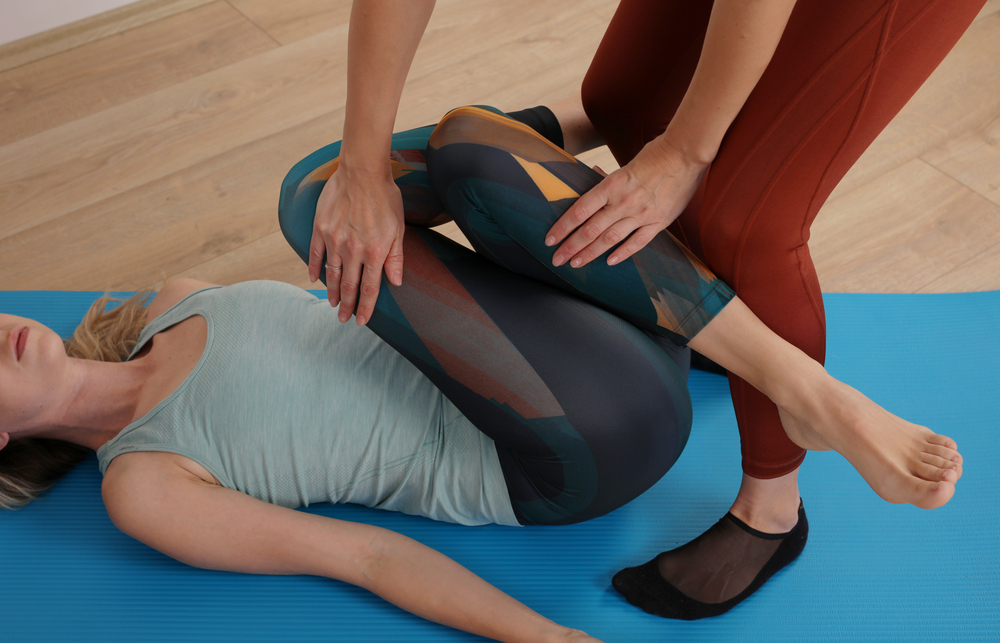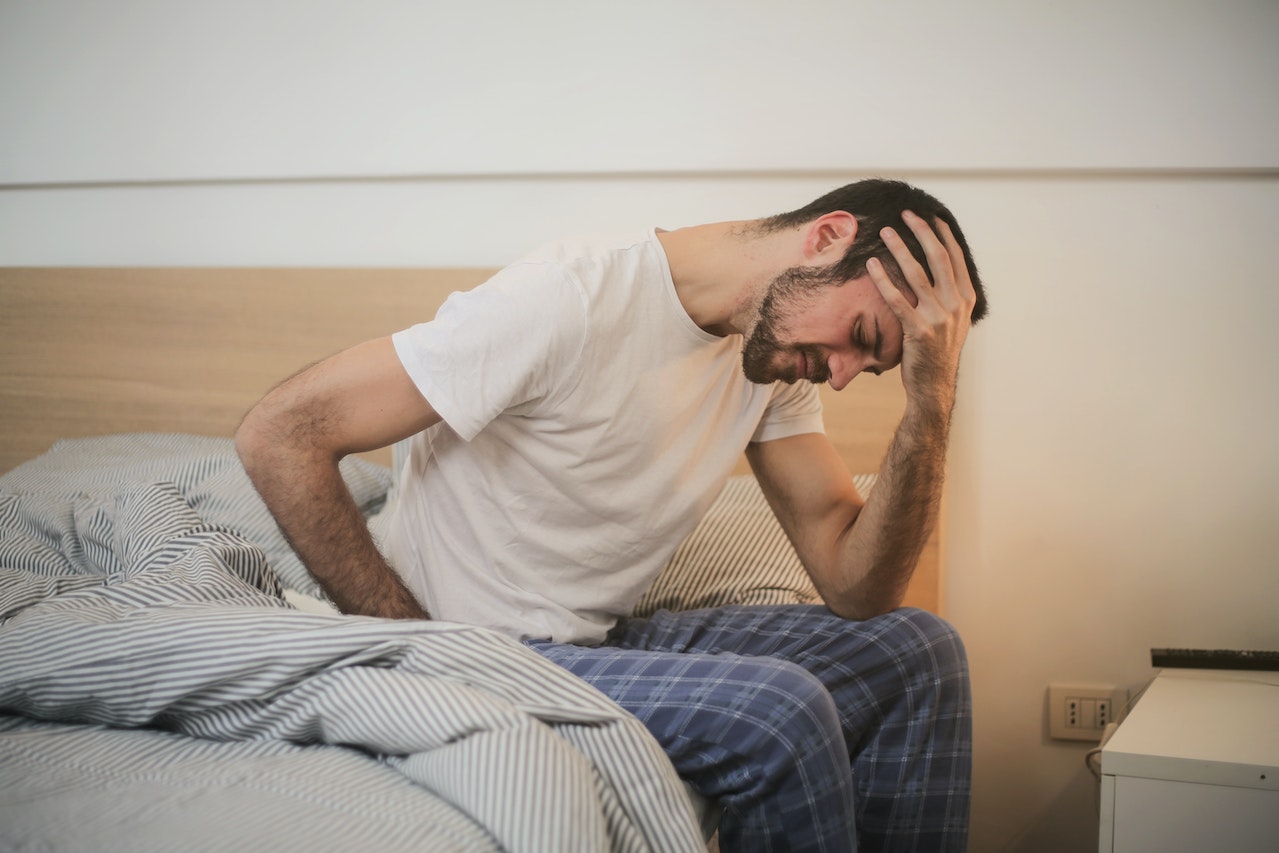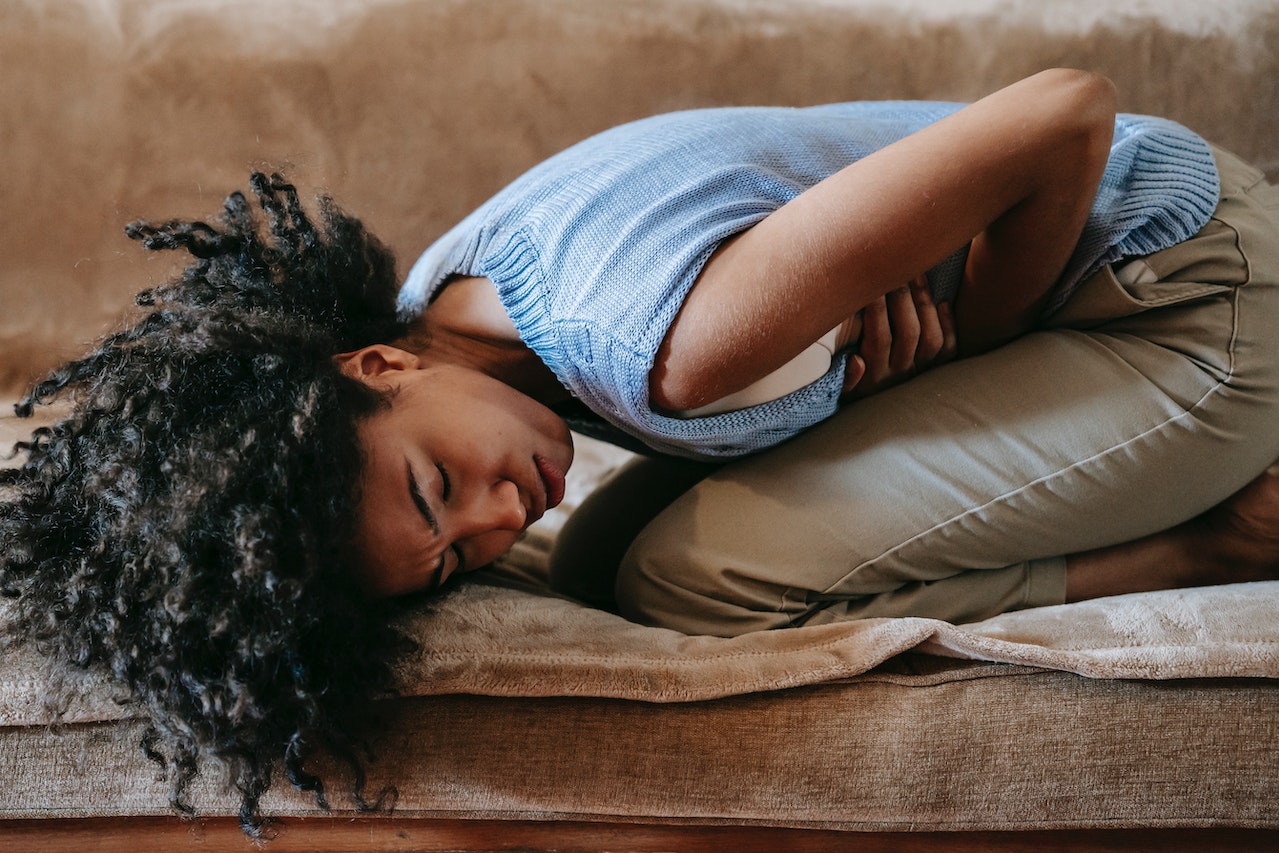How to Find Lower Back Pain Relief

The Ultimate Guide to Lower Back Pain
Our back is, in many ways, the center of our body. The spine is what holds our head up high and supports our torso and rib cage. Your lower back will often be the part you are more acutely aware of while sitting. Sometimes, it can feel very tense. Other times, you might have terrible pain. When your back is out of whack, it can derail your entire life.
However, it doesn’t have to. Below, we will discuss some of the types of lower back pain, what causes them, and how you can best adapt your lifestyle to be one of support and healing–without relying on allopathic medicine.
Lower Back Pain
According to the Mayo Clinic, 80% of people will experience lower back pain at some point. 25% reported experiencing back pain within the last three months. Maybe that’s why back pain is one of the most common reasons for Americans to seek medical advice and care. Even if you are one of that lucky 20% who hasn’t experienced lower back pain, or if your lower back pain is infrequent, learning helpful preventative measures can assist you in making sure it doesn’t become a chronic issue. If you are already suffering from regular lower back pain, it is so important to learn ways to alleviate your symptoms.
If these numbers haven’t painted a picture of the severity of lower back pain, let’s look at the financials: $100 billion to $200 billion is the yearly financial toll lower back pain takes on the United States economy. ⅔ of that cost will be due to lost wages and decreases in productivity. It is hard– maybe even impossible –to give your all when you are in constant pain; when the pain is in the lower back, the sitting required in many office jobs can be excruciating. (1, 2)
Types of Back Pain
It isn’t always easy to classify back pain. The way the pain presents can range everywhere from a muted soreness to a stabbing pain. The most common way to categorize lower back pain is by how long it affects you.
Acute
This is the most common type of back pain. It lasts only a few days to a few weeks. If you use some of the techniques we’ll discuss below, the pain should clear up within a few days. Generally, the worst-case scenario is that symptoms and aftereffects on the lower back take a few months to clear up. (2)
Chronic
Chronic back pain is medically defined as pain that lasts 12 weeks (or longer) after the cause, if there is an identifiable cause, has been treated and healed. The National Institute of Neurological Disorders and Strokes says that “about 20 percent of people affected by acute low back pain develop chronic low back pain with persistent symptoms at one year.” Sometimes treatment can help alleviate the pain; other times, the best that can be done is to try to manage symptoms as much as possible. (2)
Causes of Lower Back Pain
Our bodies are amazing, but they are also complicated. The human body is a holistic system; each part influences every other part. Because of that, it might not always be easy to figure out a specific cause of your back pain. That being said, there are a few usual suspects to focus on when it comes to pain in your lower back.
Injury to the Lower Back
Torn and pulled muscles in the back are by far the most common causes of back pain. These are known as sprains and strains. Back strains occur from tearing of the muscles. Sprains are when the ligaments, the tissue that connects bones, are torn or stretched. These injuries can happen suddenly, or over a period of time. Some common things to look out for are falls, poor posture, sports injuries, and poor lifting practices. (3)
Skeletal Issues
Problems with the development or shape of the spine and its protective covering, such a spina bifida, and scoliosis, will lead to back pain. (2)
Disc Problems
The spine is made up of discs, protected with water and cartilage. As the body ages, those protections wear down and can lead to pain from either friction or tearing. Of course, things like trauma can cause damage to the bones and discs themselves, causing pain. (3)
Non-Spinal Conditions
Kidney stones, fibromyalgia, and tumors can all cause pain, generally by interaction with the nerves in the back. Many pregnant people also complain of back pain, although that usually dissipates after birth. (2)
Ways To Manage Back Pain
You don’t need to rely on traditional doctors or over-the-counter medications to help ease back pain. There are many ways you can take your health into your own hands and ease or alleviate back pain. If you’re ready to explore some of those options, click here to learn more.
Work Out for Low Back
People who don’t work out can have weaker back and abdominal muscles that don’t properly support the spine. Additionally, those who are classified as overweight and obese will have more pressure on the spine. But how you work out is quite important. Being inactive all week and then going out for intense weekend exercises can cause injuries. Low impact exercises, like walking or even Zumba, are what experts recommend to keep your back in optimal health. (2)
Improve Your Posture for Low Back Pain
Having poor posture, lifting improperly, or other things that put repetitive, long-term strain on your back, can result in chronic pain. By sitting, standing, and moving better, you’ll help lessen stress on your spine. (1)
Don’t Rest Too Much
If you spend too much time in bed, it can weaken your lower back muscles, so be sure to get up and move. (1)
Quit Smoking
Smoking restricts the flow of oxygen to the discs of your spine, which leads them to deteriorate faster. (2)
FAQ for Low Back Pain
Q: Are there other natural treatments I can do for low back pain?
A: Massage therapy, acupuncture, and chiropractic intervention are all techniques that can help to relieve back pain. For at-home options, try meditation. (3)
Q: Does my mental state influence my lower back pain?
A: Yes. It’s been proven that anxiety, depression, stress, and mood can all contribute to lower back pain. (2)
Q: When should I consult a doctor for my low back pain?
A: If you notice changes in your bladder or bowel function, numbness in your extremities, or you have had no reduction of pain after trying these other options, it may be time to consult a medical professional. (1)
Sources:
- https://www.mayoclinic.org/diseases-conditions/back-pain/multimedia/back-pain-infographic/ifg-20441500
- https://www.ninds.nih.gov/Disorders/Patient-Caregiver-Education/Fact-Sheets/Low-Back-Pain-Fact-Sheet
- https://www.spine-health.com/conditions/lower-back-pain/causes-lower-back-pain









